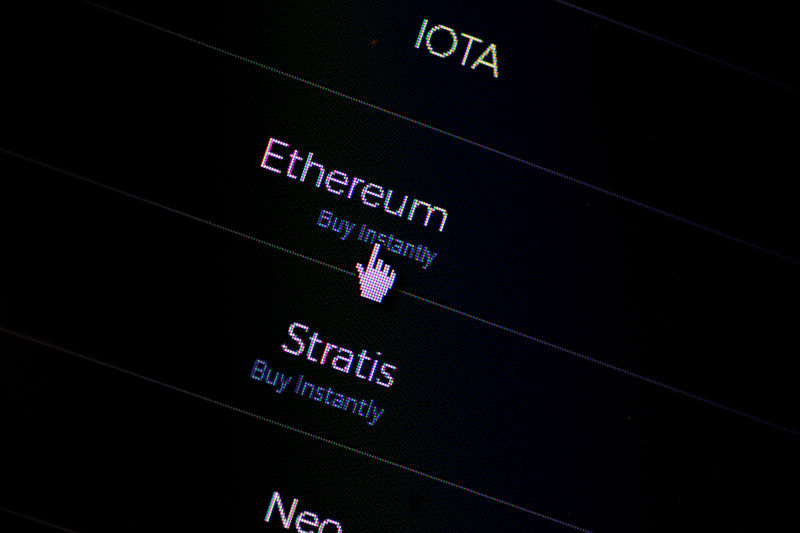United Homes Group stock plunges after Nikki Haley, directors resign
U.Today - Vitalik Buterin, a cofounder of Ethereum, recently revealed important details about the dynamics of Ethereum's layer 1 (L1) and layer 2 (L2) going forward. He underscored in a Twitter discussion that L1s should be built to withstand hard times, guaranteeing a strong and dependable base for the blockchain ecosystem.
L2 solutions can concentrate on developing more adaptable high-performing systems designed for good times in the interim. Buterin emphasized the significance of L1-level security and decentralization. He made the case against depending too much on overly idealized solutions like satellite-based communication networks since they present possible risks, such as censorship and intrusions.
This supports his view that the foundation layer of Ethereum should give priority to infrastructure that can withstand unfavorable circumstances like censorship distributed denial-of-service (DDoS) attacks and outages. Additionally, suggestions for improvements such as Single Slot Finality (SSF) were discussed.
Although the goal of this innovation is to enhance the user experience and lower latency, Buterin advised against implementing it too quickly at the expense of resilience and decentralization. According to him, a strong foundation layer gives users and developers — especially those working on L2 applications — the assurance they need to stay safe and operational even in the face of unforeseen circumstances.
Looking at the bigger picture, a careful balancing act between security and scalability is increasingly shaping Ethereum's roadmap. The given chart demonstrates Ethereum's consistent rise above $3,000, supported by sizable trading volumes and optimistic market sentiment. Significant support levels at $2,800 and $2,600 are probably going to be important mooring points in the event of volatility.
According to Buterin, Ethereum's position on the market is one where upholding stability and trust on L1 is crucial, particularly as L2 solutions like Arbitrum and Optimism grow in functionality. As alternative blockchains that prioritize speed and efficiency continue to compete with Ethereum, this long-term vision of resilience and adaptability is crucial.
